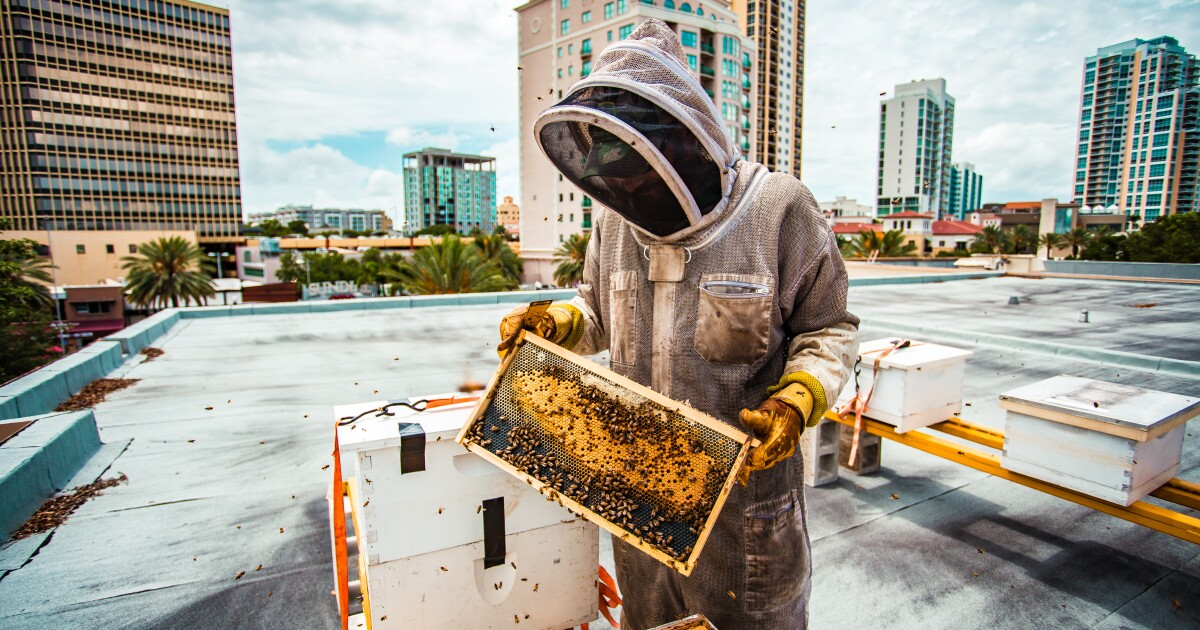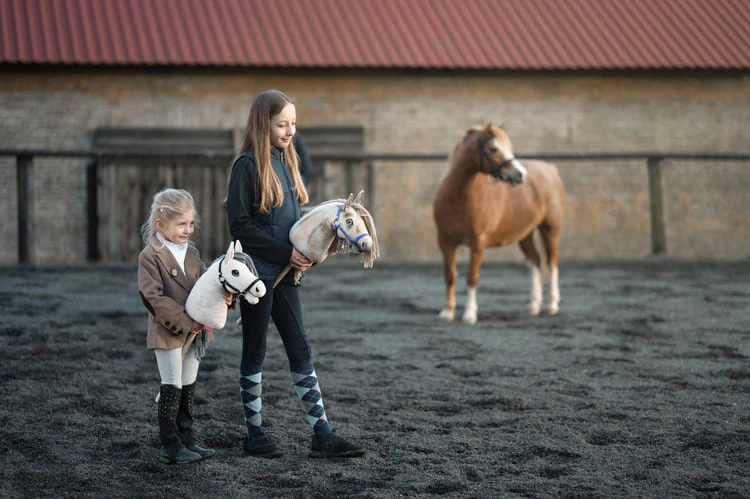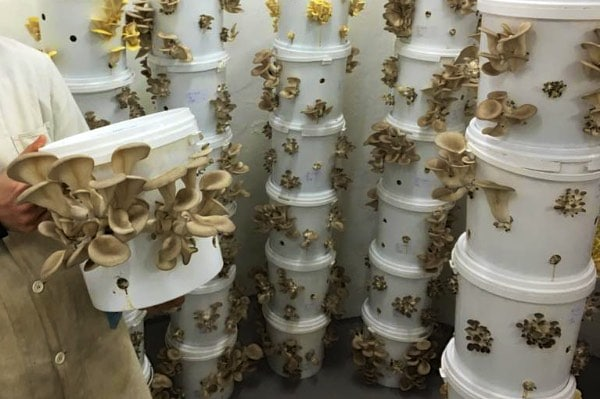In recent years, urban beekeeping has emerged as a meaningful and rewarding hobby that connects people with nature and supports biodiversity in city settings. Rooftop hives, balcony boxes, and community gardens now host thriving colonies right in the heart of metropolitan neighborhoods. Practitioners report that tending to bees on concrete terraces or green rooftops brings a unique blend of experience — daily observation of hive dynamics, seasonal cycles, and pollination patterns — and a rewarding sense of stewardship that transcends a simple pastime.
Successfully maintaining an urban apiary requires expertise in beekeeping fundamentals and local environmental factors. Beekeepers must choose suitable hive designs, learn hygienic management to prevent pests like Varroa mites, and understand forage patterns within the city. Local regulations often dictate hive placement, swarm prevention, and honey harvesting — requiring both technical skill and community coordination. By combining traditional beekeeping knowledge with urban innovation, hobbyists contribute to pollinator conservation and help counteract declining insect populations in concrete landscapes.
From a broader perspective, urban beekeeping has authoritativeness rooted in established apicultural associations, scientific studies on pollinator health, and city-led urban agriculture initiatives. Many municipalities now support beekeeping through training programs, and urban farmers markets regularly feature locally-harvested honey. The trustworthiness of urban beekeeping as a sustainable hobby comes from transparent reporting of hive health, ethical harvesting practices, and ongoing education. For city dwellers seeking a purposeful hobby, urban beekeeping offers a powerful way to add green life to concrete environments — all while producing your own honey and contributing to ecological resilience.






